Description
CINNABAR
Cinnabar or cinnabarite, likely deriving from the Ancient Greek, is the bright scarlet to the brick-red form of mercury(II) sulfide (HgS). It is the most common ore source for refining elemental mercury and is the historical source for the brilliant red or scarlet pigment termed vermilion and associated red mercury pigments.
Cinnabar generally occurs as a vein-filling mineral associated with recent volcanic activity and alkaline hot springs. The mineral resembles the quartz in symmetry and its exhibiting birefringence. Cinnabar has a mean refractive index near 3.2, a hardness between 2.0 and 2.5, and a specific gravity of approximately 8.1. The colour and properties derive from a structure that is a hexagonal crystalline lattice belonging to the trigonal crystal system, crystals that sometimes exhibit twinning.
Cinnabar has been used for its colour since antiquity in the Near East, including as a rouge-type cosmetic, in the New World since the Olmec culture, and in China since as early as the Yangshao culture, where it was used in colouring stoneware.
Associated modern precautions for using and handling cinnabar arise from the toxicity of the mercury component, which was recognized as early as ancient Rome.
Source: https://en.wikipedia.org/wiki/Cinnabar
THE PROPERTIES
Mental: Cinnabar is a fantastic aid to problems of concentration, providing a focus of the mind. It is said to have benefits relating to the industries of finance and business.
Emotional: The crystal helps to ease restlessness and nervousness. It also aids other forms of instability by providing focus and grounding.
Physical: Cinnabar is an aid to the diseases of the skin, mucous membrane and intestine. It also helps with the indurate glands. Caution needs to be taken as some Cinnabar may contain metallic mercury, which is a poisonous substance.
You can watch our Free Videos on Crystals HERE
Learn to become a Crystal Therapist HERE
See our wonderful selection of Healing Crystals HERE











 0 items in cart
0 items in cart 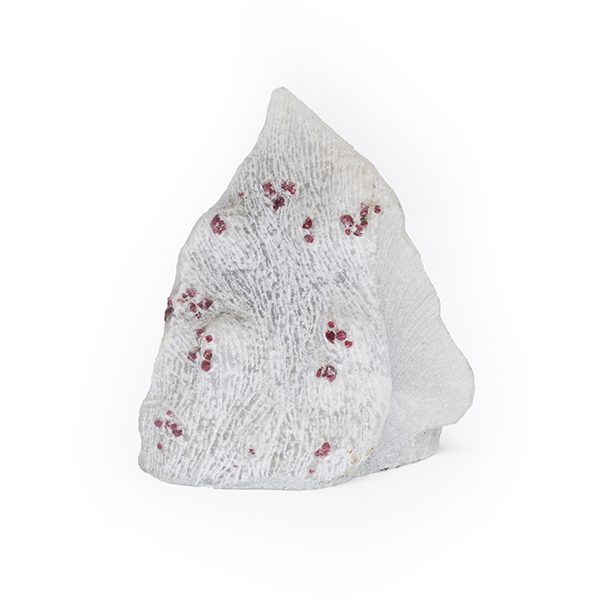
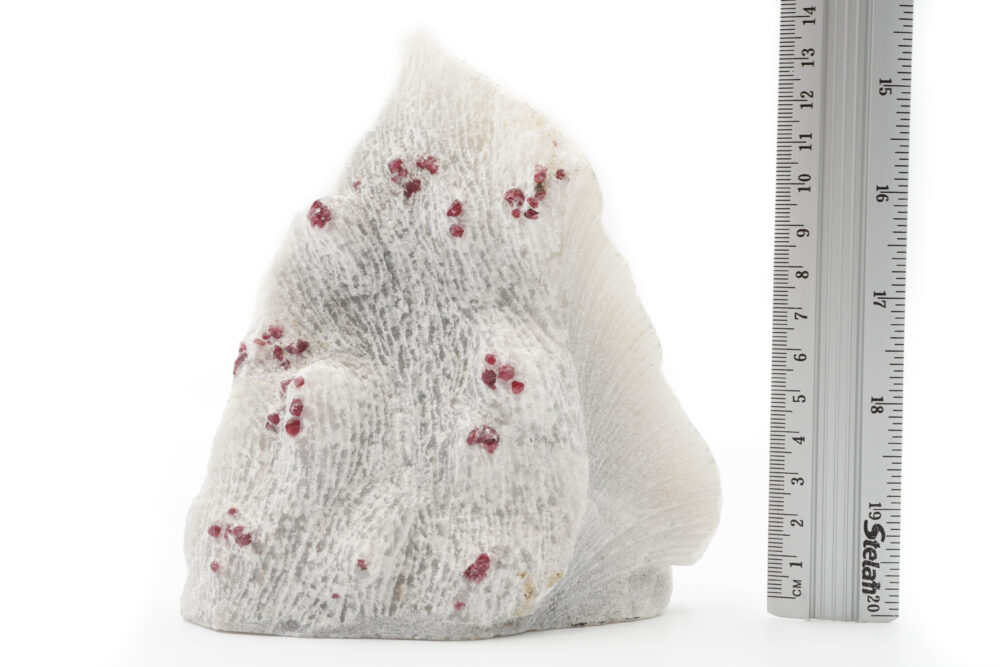
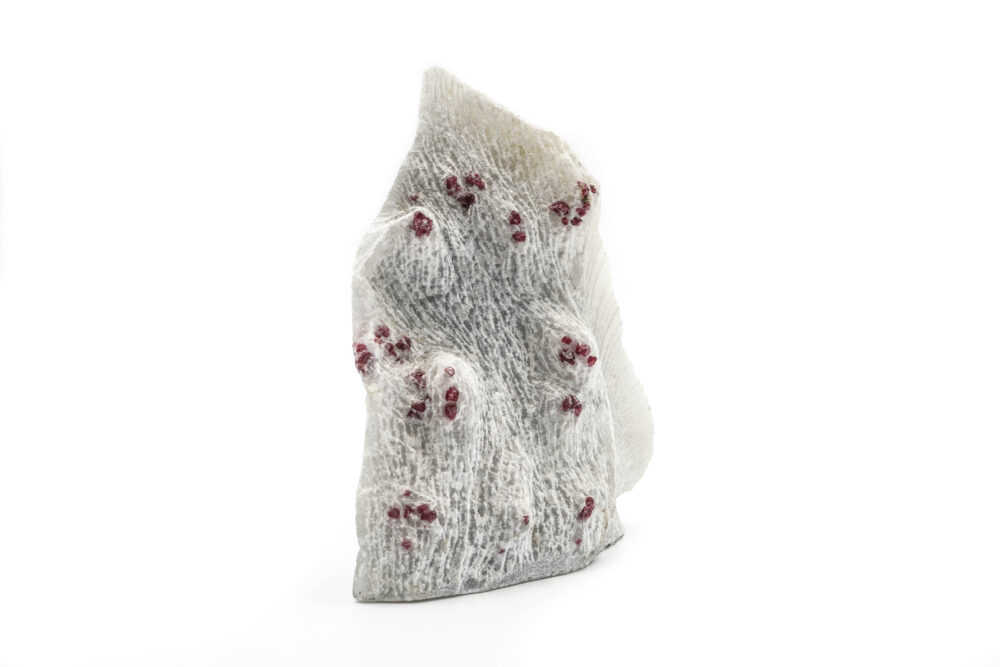
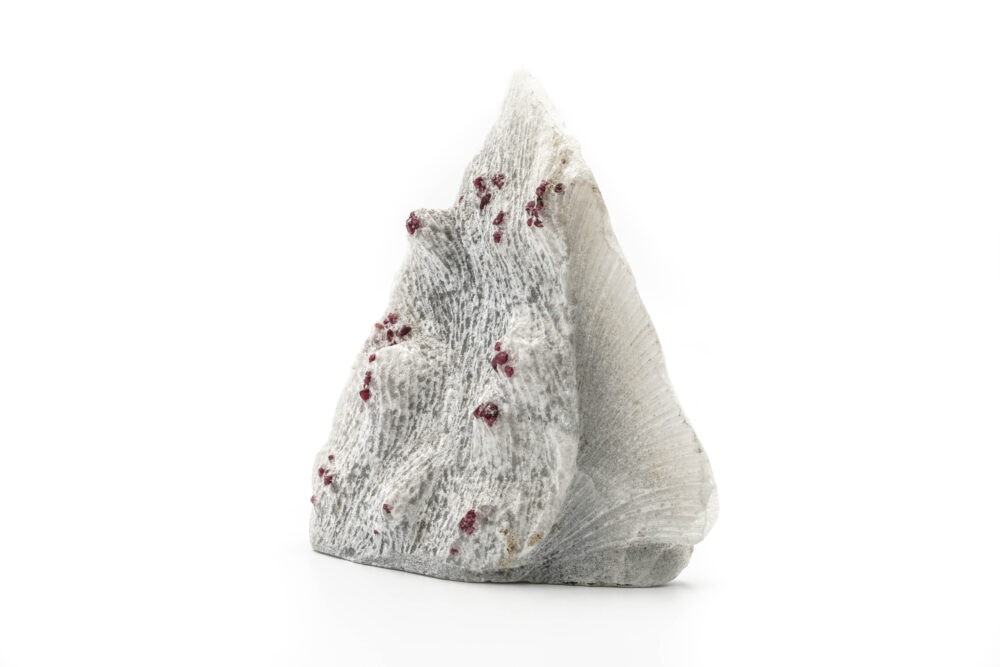
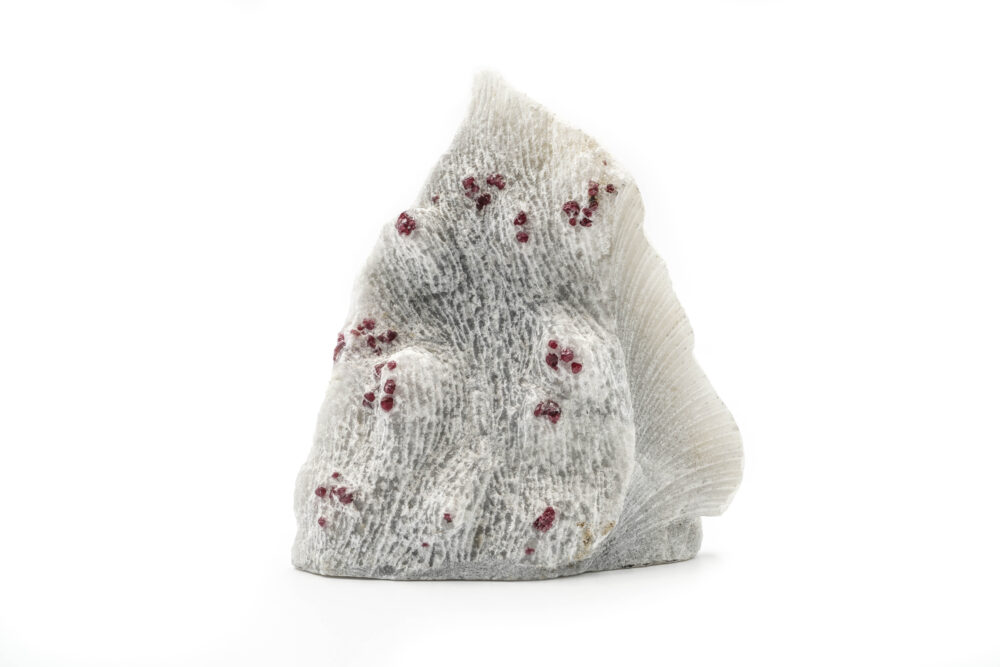
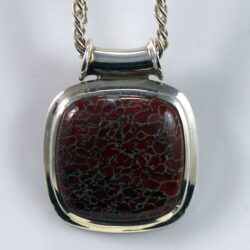
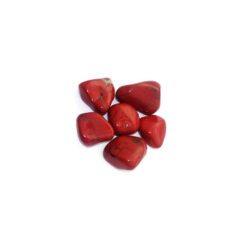
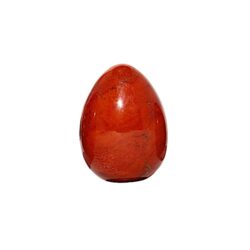
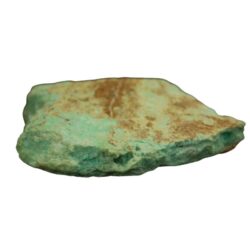
Reviews
There are no reviews yet.